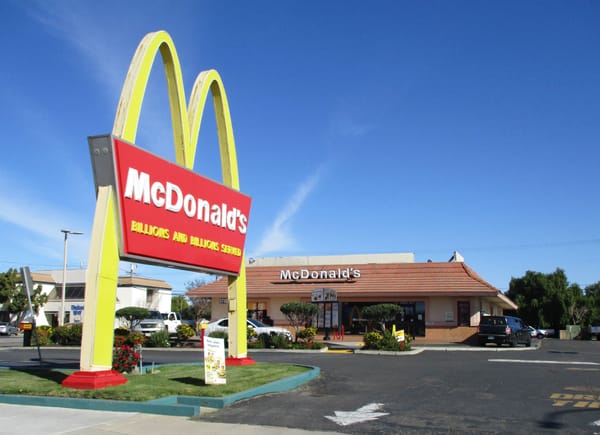Fast-food prices in the United States rose by 13 percent in 2022. Toward the end of the year, a McDonald’s customer in Idaho went viral on TikTok with a video complaining about a $16 quarter-pounder meal. Things weren’t much better at the chain’s main competitor: Around the same time, a popular Reddit post lamented the prices at a Burger King in Los Angeles, where the price of a Whopper had edged above $7. The price of fast-food burgers might at first seem like a trifling matter in the grand scope of things. But the problems in the fast-food industry are a sign of broader economic and social shifts underway.
Not long ago, Europeans were often in awe of the low prices paid by the average American fast-food customer. Though the food itself might have been looked down on, America’s cheap calories were in an entirely different league from prices in Sweden, Norway, or Germany. There were even pictures from Afghanistan and Iraq depicting soldiers visiting Pentagon-sponsored branches of Burger King or McDonald’s, paying less than $5 for meal packages.
Those days are long gone: American fast-food prices have now climbed to European levels and in some cases even surpassed them. It’s now pretty common to pay $10, $12, or even $15 for a menu that would have cost $5 six or eight years ago. Fast-food chains are losing their ability to undersell local, non-standardized alternatives.
“The cheapness of the food was the product of a massive logistical machine.”
